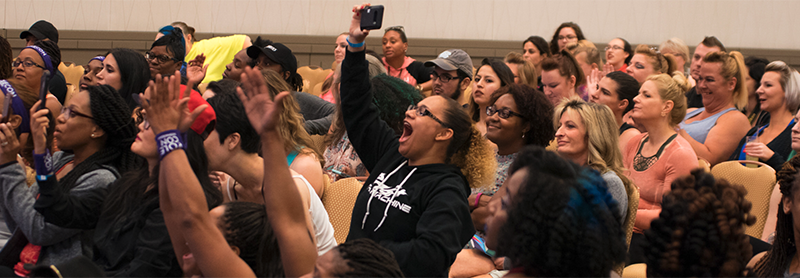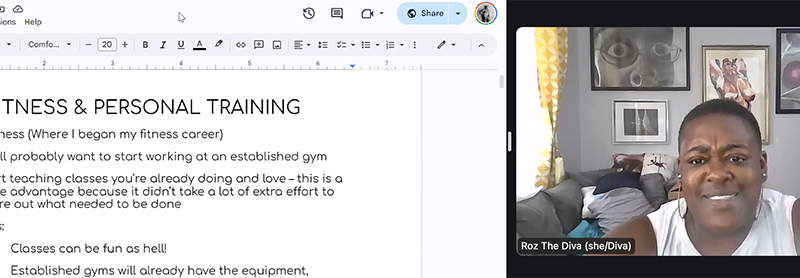[memberonly level=“Group Membership for Businesses of 2-5 individuals, Student, Individual or Solo-Preneur”] Please note that…

How do you “let go” of students?
What happens when one of your “regular” students out grows what you teach them (or how you teach them)?
Perhaps they feel like you have nothing left to teach them or maybe they are simply ready to move on. If you have no clear structure to what students learn from you and how they progress (such as a semester-based class or other demarcation line of “graduation”) this situation can be challenging for you and the student.
Try and remember that the longer you teach, the more this will continue to happen AND it is completely normal for people to enter and exit your teaching program.
Keep reading for some suggestions on how to accept and manage you and your student’s experience during this process.
Acknowledge the emotions
This situation can evoke a negative emotional response like fear of losing a student (especially if they have become a friend or someone you relied on as a consistent presence), or it can be a positive feeling such as pride that your “pole baby” “graduates” from your program.
There may also be fear of financial repercussions, especially if you counted on that student as part of your income, or fear that you will never get another student to replace the one that you “lost.”
…And there are likely to be even more nuanced and varied emotional responses as you progress through no longer seeing this student in class.
First, acknowledge your emotions! Whatever you are feeling is valid. Then, for the purposes of continuing to run your business, provide your student with a positive experience exiting your program.
Managing the exit
If this is the first time this experience happened to you, it can be a shock.
The good news is, managing your student’s exit from your program in a positive manner will provide you the structure and the experience to keep doing this in the future. The longer you teach, the more this will continue to happen. It is completely normal for students to leave your program. They may return to working with you as their situation changes or as your program changes or they may even work with you in a new way such as becoming a fellow teacher for the same program or studio!
- Recommend other teachers to them that would suit their learning style, desired way of working, or content needs. If you have developed a network of likeminded “colleagues” (this is possible even in a virtual environment) this recommendation can provide not only a “safe landing” for your student but also potentially create a pipeline of new students back to you.
- Leave the door open. As mentioned previously, sometimes people’s situations change. If you leave the proverbial door “open” and give them a positive experience when they leave, your student may return one day, or they may recommend new students to you.
- Believe that you will continue to attract more students. “Believing” is the first step which can feel like a scary “leap of faith.” The second step is to review your marketing and make sure you are always actively attracting new potential students.
Not every teacher can provide everything to every student for all time. It is normal and natural for students to come and go over the course of your teaching career.
Acknowledge and accept your emotions around changes in students (and in your routine) and then make a path forward that supports future growth–for you, your exiting student, and for all the potential new students you will attract!



